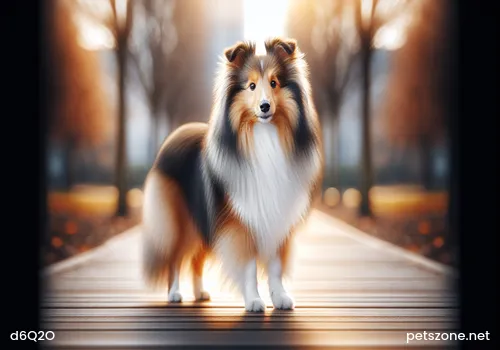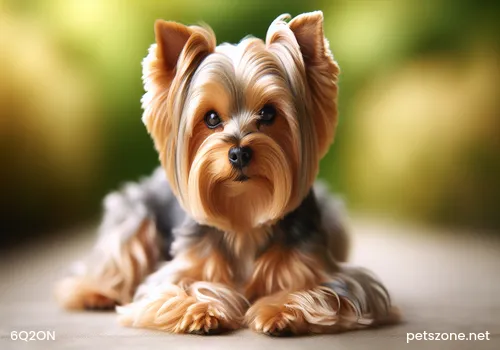Characteristics of Ovulation During Dog Estrus

To accurately judge a dog's ovulation time, only medical examination can be relied on, so owners can only make a rough judgment based on symptoms themselves
If the dog's ovulation time is not accurately determined, it might not be possible to mate the dog at an appropriate time. This could reduce the female dog's conception rate. Generally, certain medical methods are needed to determine the dog's ovulation period, supplemented by observing the dog's behavior.
Dog ovulation refers to the process where the egg is released from the mature follicle into the oviduct. When the ovarian follicle matures, the follicular fluid increases continuously, causing part of the follicle to protrude from the ovarian surface. The follicular membrane of the protruding part thins, the granulosa cells begin fatty degeneration, and the follicular fluid infiltrates between the cumulus cells, gradually separating the cumulus from the granulosa layer. Before ovulation, the outer membrane of the follicular wall separates, and the inner membrane protrudes through a crack, forming a nipple-like small protrusion called the ovulation stigma.
It swells and thins on the surface of the ovary. The swollen ovulation stigma soon ruptures, releasing some follicular fluid. Moments later, the egg moves out through the crack, which gradually lengthens. Then, much follicular fluid flushes the egg out, and it is received by the oviduct fimbriae, where ciliated cells move the egg into the oviduct. The released egg is not yet mature and is at the primary oocyte stage. It must undergo meiosis in the oviduct for 3-5 days, releasing the first polar body to become a secondary oocyte, acquiring fertilization capability.
Follicle development begins about 11 days before ovulation and rapidly grows and matures 2-3 days before ovulation, with ovulation occurring on the 1st-2nd day of estrus. The female dog spontaneously has continuous ovulation; although eggs can be released over a 14-day period, about 80% of eggs are ovulated within 48 hours of ovulation onset. Generally, the speed of ovulation is affected by the dog's age, with younger females ovulating slightly slower than older ones. Eggs usually survive in the oviduct for 4-8 days, maintaining fertilization capacity up to 108 hours post-ovulation. The size of the mature eggs expelled by the female dog relates to the time after ovulation; it has been reported that eggs 1 day post-ovulation are 280 microns in diameter, 2-4 days post-ovulation 228 microns, and 5-9 days post-ovulation 188-200 microns.

Do not force mating after the dog's estrus ends
The best way to accurately determine the dog's ovulation period is still through certain medical methods, beginning with vulva examination. In the early estrus period, the vulva is swollen and enlarged, with blood-tinged secretions; the area around the vulva and tail hair is moist and matted. During estrus, swelling is obvious, and when touching the vulva, the tail swings to one side and the hindquarters lift. In the later estrus period, swelling subsides; 1–2 weeks after estrus ends, recovery shows a small vulva with folds and good tone.
Vaginal secretion examination. During estrus, delivery, postpartum, and certain pathological conditions, uterine and vaginal secretions are discharged. In early estrus, secretions are blood-like, gradually changing color to yellow or straw yellow. In late estrus and anestrus, secretion is minimal or absent.
Vaginal examination: After cleaning the vulva, a speculum is used with appropriate light to observe the mucosa and secretions and feel vaginal tension. In early estrus, edema is obvious, mucosal surface smooth, and the speculum inserts easily; in late estrus, resistance occurs, mucosa is rose red, edematous, folded, with a large amount of blood-stained secretion, and the cervix is slightly open. During estrus, insertion resistance increases, mucosa thickens, turns pale, and is folded. As changes in the vulva, vagina, and secretions are secondary to internal hormone level changes, estimating ovulation time based on these remains imprecise and depends on experience. Correctly determining dog's estrus and ovulation time increases conception chances.



